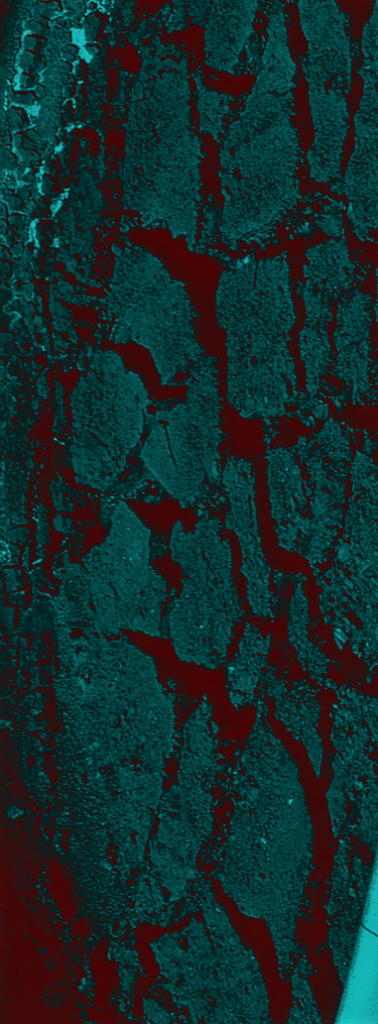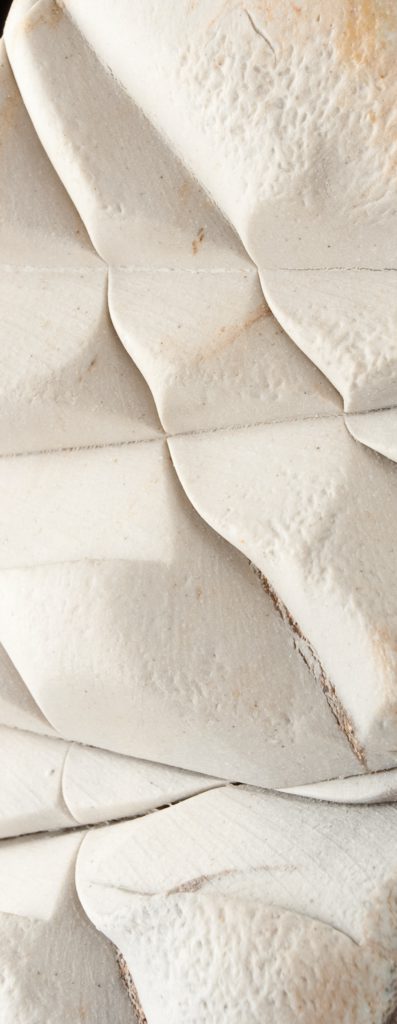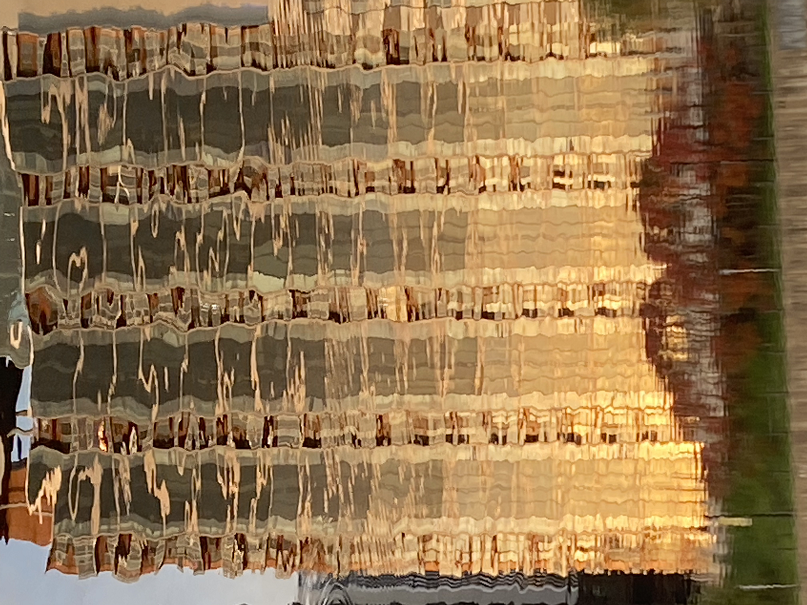

When we try to explain something to someone, or several things to someone, or to some people, or to give an account of this, or that or the other, we commonly trace what it is that we think we know about the stuff under discussion. Meanwhile, we also think about what the listener might need to know for their query to find resolution (if we have been listening).
We often also almost intuitively sense how they think broadly and specifically in the situation, and what it is that we sort of guess that they know about this and that realm. Social knowing is often a speedy whisper slipping into our sense of the things which are before us. Most of this subterranean thinking happens in an instant, and helps us grasp what we might mean or feel inclined to say, if we are going to assist this person get an explanation of what it is that they want to know or understand about the item(s) in discussion.
Sometimes it is very simple. Why did the tree fall down, Charles took a chainsaw to it and cut it and it fell. Right, got it!
What happened to the chair that was in the other room? We took it and placed it out back because we had too many chairs for the number of people in the room. Right got it!
How can we know so much about the incredible number of stars in outer space? A diverse group of talented scientists and engineers designed and built an incredibly large telescope which we sent into space to take a wide variety of photographs and the like and send them back to us. Hmmm? Wow, right, got it!
Sometimes it is not!
How do we get pictures of embryos inside the uterus? Medical scientists and engineers have created devices that send sound ways into the woman’s body and record how they bounce off different tissues and organ textures. This feedback bouncing is converted to images of the inner structure of the woman’s body and the uterus. Oh? Um? Ok, right. Got it — I think.
What is this espresso cup made out of and how did it get to so incredibly hard and chip-proof? Well, it so happens that there are several types of clay, and this cup is likely stoneware or hotel chinaware. If you have a mug made by a potter, probably the clay is what we call stoneware, a very high temperature fired clay, and very resistant when fired — like stone. It has been fired in a kiln which makes it durable and you’re able to use it. Ok, got it.
What is clay made of? Oh, clay is made up of a very fine, fine, fine particles, which are the result of super extremely long periods of time of grinding down of mountains and bigger stones. The mountains are made up of stuff like granite and feldspar, and some limestone and silica, and that kind of stuff. Clay is a type of earth made of these mountains ground into dust-like particles. The little minute particles mix with water over eons of time and become plastic and malleable, and when it is put in a kiln to high temperatures, it becomes hard as rock it once was. Wow, hmmm? Okay?
What are these little particles made of?
As anyone can see, this line of questioning can go on for some time, and in fact, in one form, or another, and in innumerable domains of human undertakings and discoveries, this line of questioning has gone on and continues to go on and on..
How does a cell phone work? Hmmm?. Hold on, this’ll get complicated.
How can we send and receive messages and photos from outer space? Hmmm, this’ll get less and less obvious.
Are quanta material objects?
Well, now, just hold on a jiff!!!

